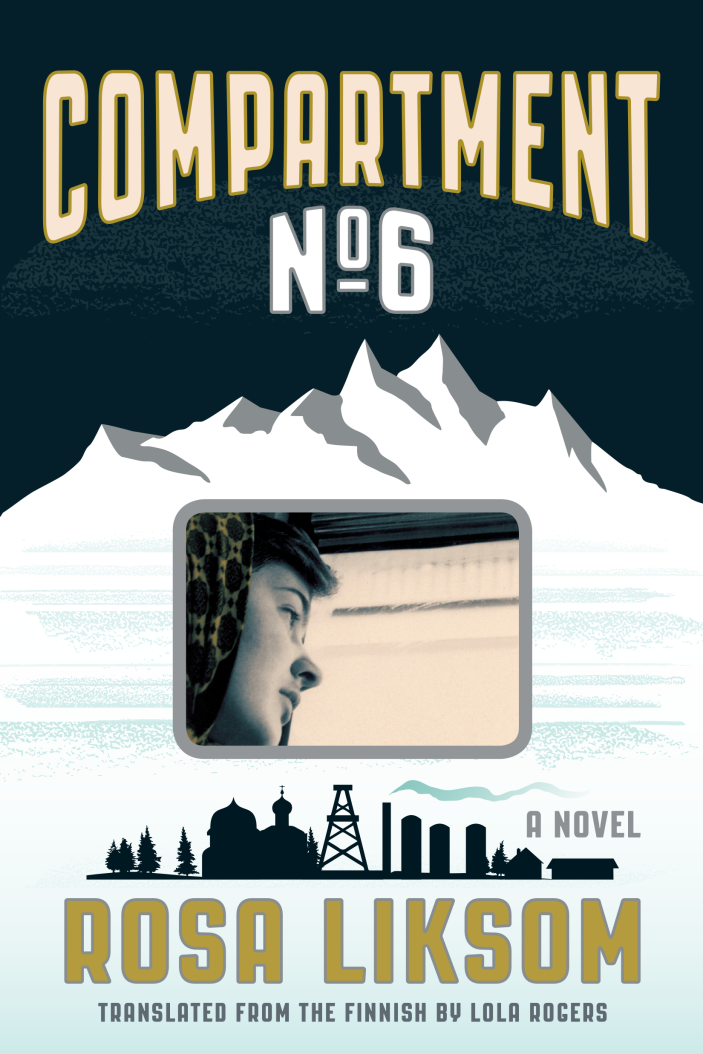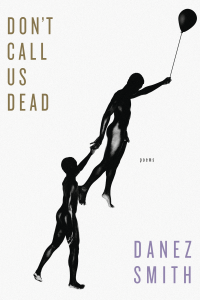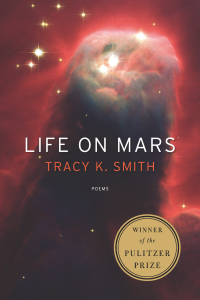Compartment No. 6
- “Ms. Liksom conjures beauty from the ugliest of things. . . . What emerges is a twilight-hued elegy to the sickly last days of a wicked empire.”—Wall Street Journal
A sad young Finnish woman boards a train in Moscow, in the waning years of the Soviet Union. Bound for Mongolia, she’s trying to put as much space as possible between her and a broken relationship. Wanting to be alone, she chooses an empty compartment—No. 6.—but her solitude is soon shattered by the arrival of a fellow passenger: Vadim Nikolayevich Ivanov, a grizzled, opinionated, foul-mouthed former soldier. Vadim fills the compartment with his long and colorful stories, recounting in lurid detail his sexual conquests and violent fights.
There is a hint of menace in the air, but initially the woman is not so much scared of or shocked by him as she is repulsed. She stands up to him, throwing a boot at his head. But though Vadim may be crude, he isn’t cruel, and he shares with her the sausage and black bread and tea he’s brought for the journey, coaxing the girl out of her silent gloom. As their train cuts slowly across thousands of miles of a wintry Russia, where “everything is in motion, snow, water, air, trees, clouds, wind, cities, villages, people and thoughts,” a grudging kind of companionship grows between the two inhabitants of Compartment No. 6. When they finally arrive in Ulan Bator, a series of starlit and sinister encounters bring this incantatory story about a ruined but beautiful country to its powerful conclusion.
Praise
- “Compartment No. 6 unfolds like a poem. . . . A lingering sense of the landscape and enduring survival remains.”—Star Tribune (Minneapolis)
- “[Compartment No. 6 is] a book to be read slowly, savoring the writing. The author gives us striking characters and vivid descriptions of early spring in what was the Soviet Union.”—Pioneer Press
- “[Liksom's] rapturous descriptions, filled with minutely observed details, mix together the beautiful and the banal, the ugly and the sublime.”—The Rumpus
- “[An] impressionistic travelogue of a novel.”—Publishers Weekly





